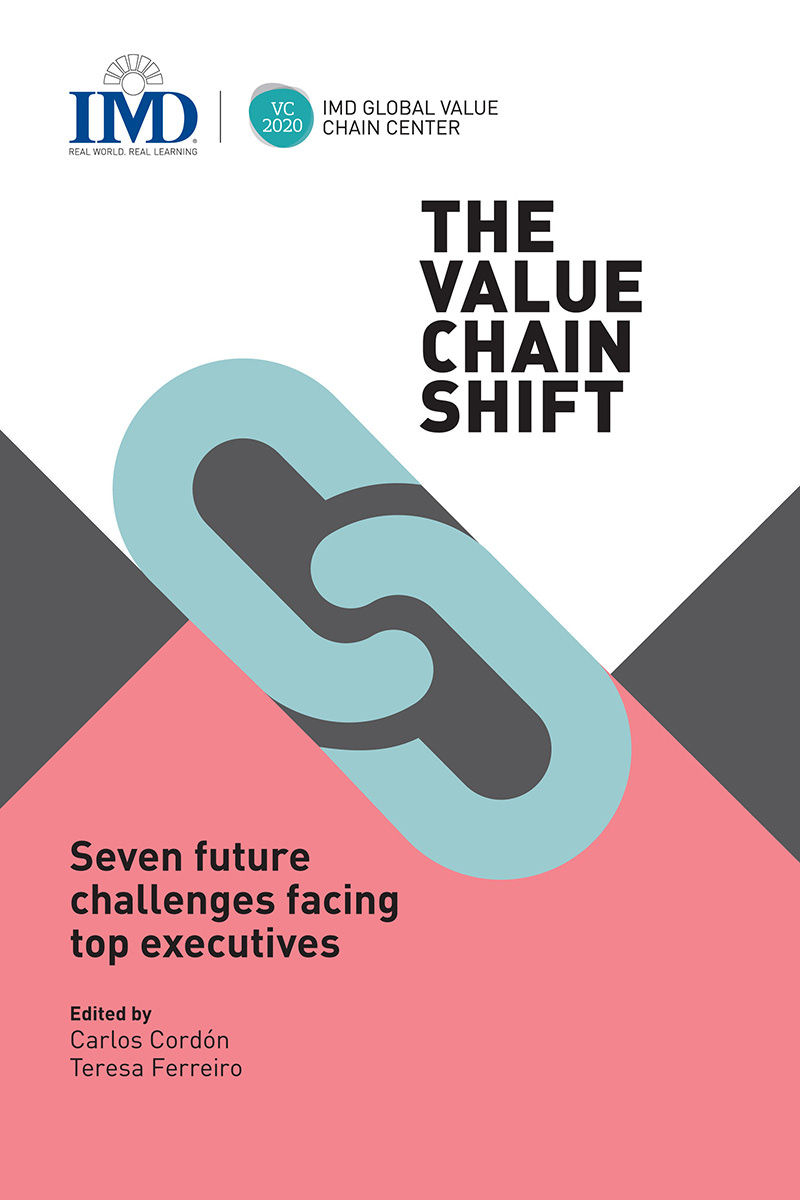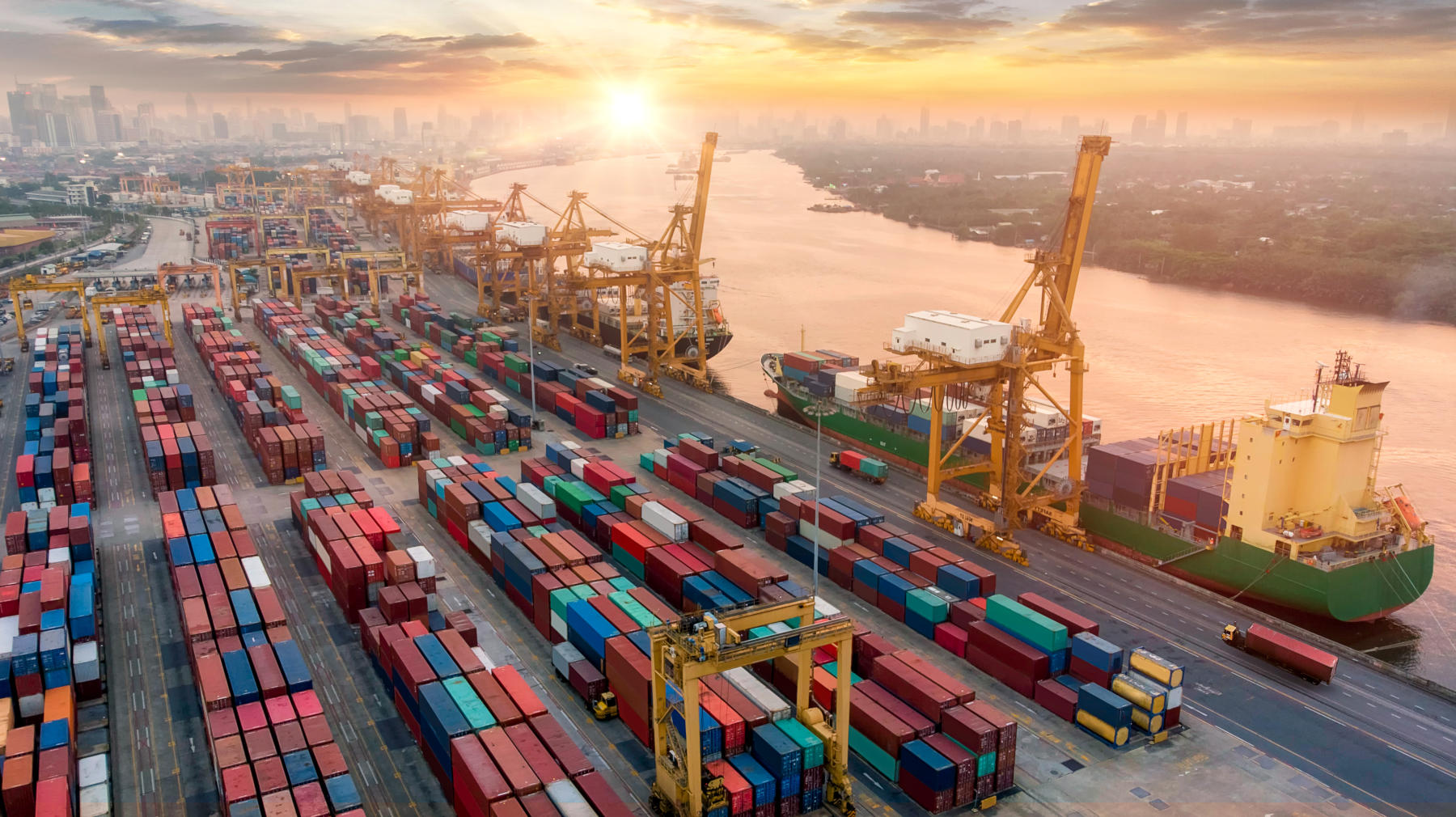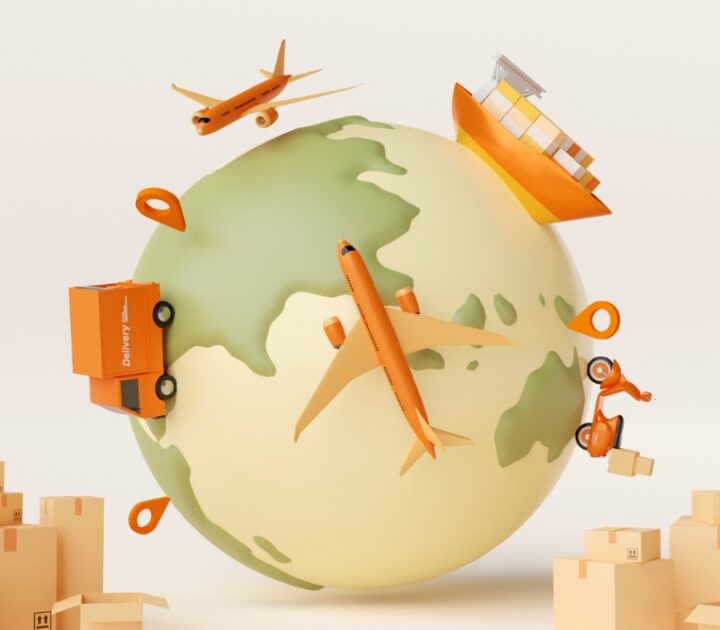The Value Chain Shift
Value chains today have a huge impact on multinational corporations’ right to exist and the way they compete.
The future challenges associated with value chains are also huge and include new demands from society, emerging-market strategies, resource scarcity, risk proliferation and other issues. Anticipating and addressing these future challenges are crucial if companies are to compete effectively.
IMD and several multinational companies created the IMD Global Value Chain Center (VC2020) in June 2011 to develop research about the future of value chains. This book summarizes some of the key findings from this two-year project.
Research Information & Knowledge Hub for additional information on IMD publications
- How speed affects risks, opportunities and new business models in value chain
- Measuring corporations' cost and contribution to society
- Optimizing IT-enabled processes and systems in the value chain: The role of governance
- Scale and speed: Traditional multinationals versus emerging market firms
- The organizational design shift
- The value chain shift: Seven future challenges facing top executives
- How speed affects risks, opportunities and new business models in value chain
- Measuring corporations' cost and contribution to society
- Optimizing IT-enabled processes and systems in the value chain: The role of governance
- Scale and speed: Traditional multinationals versus emerging market firms
- The organizational design shift
- The value chain shift: Seven future challenges facing top executives

You can also buy the book on Barnes & Nobles, Book Depository, Orell Füssli and Routledge.
in Cordon, Carlos, Ferreiro, Teresa / The value chain shift: seven future challenges facing top executives, pp. 107 - 119
Research Information & Knowledge Hub for additional information on IMD publications
in Cordon, Carlos, Ferreiro, Teresa / The value chain shift: seven future challenges facing top executives, pp. 27 - 41
Research Information & Knowledge Hub for additional information on IMD publications
in Cordon, Carlos, Ferreiro, Teresa / The value chain shift: seven future challenges facing top executives, pp. 73 - 88
Research Information & Knowledge Hub for additional information on IMD publications
in Cordon, Carlos, Ferreiro, Teresa / The value chain shift: seven future challenges facing top executives, pp. 59 - 71
Research Information & Knowledge Hub for additional information on IMD publications
in Cordon, Carlos, Ferreiro, Teresa / The value chain shift: seven future challenges facing top executives, pp. 89 - 106
Research Information & Knowledge Hub for additional information on IMD publications
The case is seen through the eyes of the newly appointed supply chain director at a cosmetics company based in Berlin. The general manager has task...
Few Business to Business (B2B) marketplaces have succeeded. Metalshub has successfully combined a software platform as a service, with a marketplac...

Family businesses often have not only financial wealth but also nonfinancial values that make them different from nonfamily companies. For instance...

History, values and traditions provide family businesses with a competitive advantage, motivating and guiding their entrepreneurial activity. They ...
Research Information & Knowledge Hub for additional information on IMD publications
Research Information & Knowledge Hub for additional information on IMD publications
Research Information & Knowledge Hub for additional information on IMD publications
Research Information & Knowledge Hub for additional information on IMD publications
Case reference: IMD-7-2457 ©2024
Research Information & Knowledge Hub for additional information on IMD publications
in I by IMD 13 June 2024
Research Information & Knowledge Hub for additional information on IMD publications
Research Information & Knowledge Hub for additional information on IMD publications
Research Information & Knowledge Hub for additional information on IMD publications
Research Information & Knowledge Hub for additional information on IMD publications
Research Information & Knowledge Hub for additional information on IMD publications






